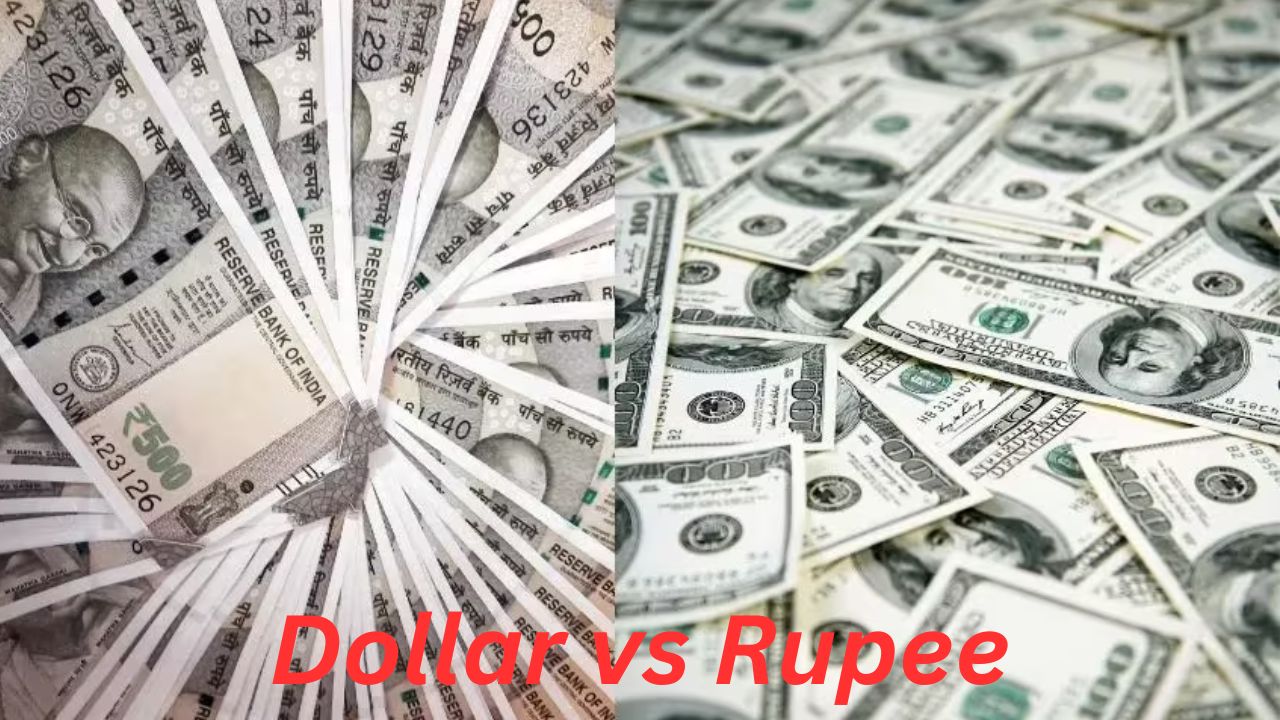Dollar vs Rupee History: US Dollars to Indian Rupees Exchange Rate
According to a currency converter, 1 USD is now equal to 1 INR. The US dollar is a very valuable currency.

About Rupee Dollar: Dollars are exchanged in the same way that they are in any other market. Internet price is comparable to that of any other market. Demand and supply are crucial factors. The value of the few dollars in circulation rises as demand rises. The dollar’s value rises as a result. The dollar’s ascent is halted when its supply is curtailed.
Why is the dollar’s collapse unavoidable?
The rupee’s depreciation is harmful for any cause. Simple problem, simple answer. Consider the following options: A higher market stake contributes to the stability of dollar prices.
Demand and supply must be equal to maintain a currency’s value. Increase the supply of dollars in order to depreciate the dollar versus the rupee.
This will not affect market capitalisation. The State Bank of Pakistan cannot create dollars since they are not our currency. Cash from the State Bank could provide market support.
State banks can only buy a limited quantity of money in local markets. Pakistan’s currency is worthless on foreign exchange markets, necessitating an endless supply of dollars.
Read Also~Rossari Biotech: Company History & Profile | Share/Stock Price
Ruppe vs Dollar History
The link between the dollar and the rupee may be traced back to the signing of the Britton Woods Accord in 1944. This occurrence occurred in 1944. The value ascribed to each nation’s money under the conditions of this agreement was calculated.
When India was finally liberated in 1947, its people were still adjusting to the new reality that had been foisted upon them.
Since India’s independence from Pakistan in 1947, the value of the Indian Rupee, abbreviated as the INR, has continuously declined. According to the current metric system, the exchange rate for Indian Rupees to US Dollars should have been 0.09 in 1913; nonetheless, it increased to 3.31 in 1948 and 3.67 in 1949, eventually reaching 7.50 in 1970. This disparity can be attributed to the fact that the metric system was not in use in 1913.
Exchange Rates
The US dollar is the most widely used money in the world. The supremacy of the US dollar as the world’s reserve currency is well acknowledged.
The dollar is one of the most widely utilised currencies in worldwide trade and finance. The most extensively used currency is the US dollar. After World War I imposed trade limitations, the dollar became an important means of exchange.
This money has gotten a lot of attention since then. As a result, the Indian rupee’s value is established by comparing it to the US dollar. When we scale the Indian economy, the Indian rupee (INR) helps us better understand it because of its extensive history.
Read Also~Reliance Naval and Engineering Limited-RNAVAL History, Company Profile & Products
Key Points:
- Internet price is comparable to that of any other market. Demand and supply are crucial factors.
- The dollar is one of the most widely utilised currencies in worldwide trade and finance. The most extensively used currency is the US dollar. After World War I imposed trade limitations, the dollar became an important means of exchange.
- This money has gotten a lot of attention since then. As a result, the Indian rupee’s value is established by comparing it to the US dollar.
- Rupees to US Dollars should have been 0.09 in 1913; nonetheless, it increased to 3.31 in 1948 and 3.67 in 1949, eventually reaching 7.50 in 1970.
